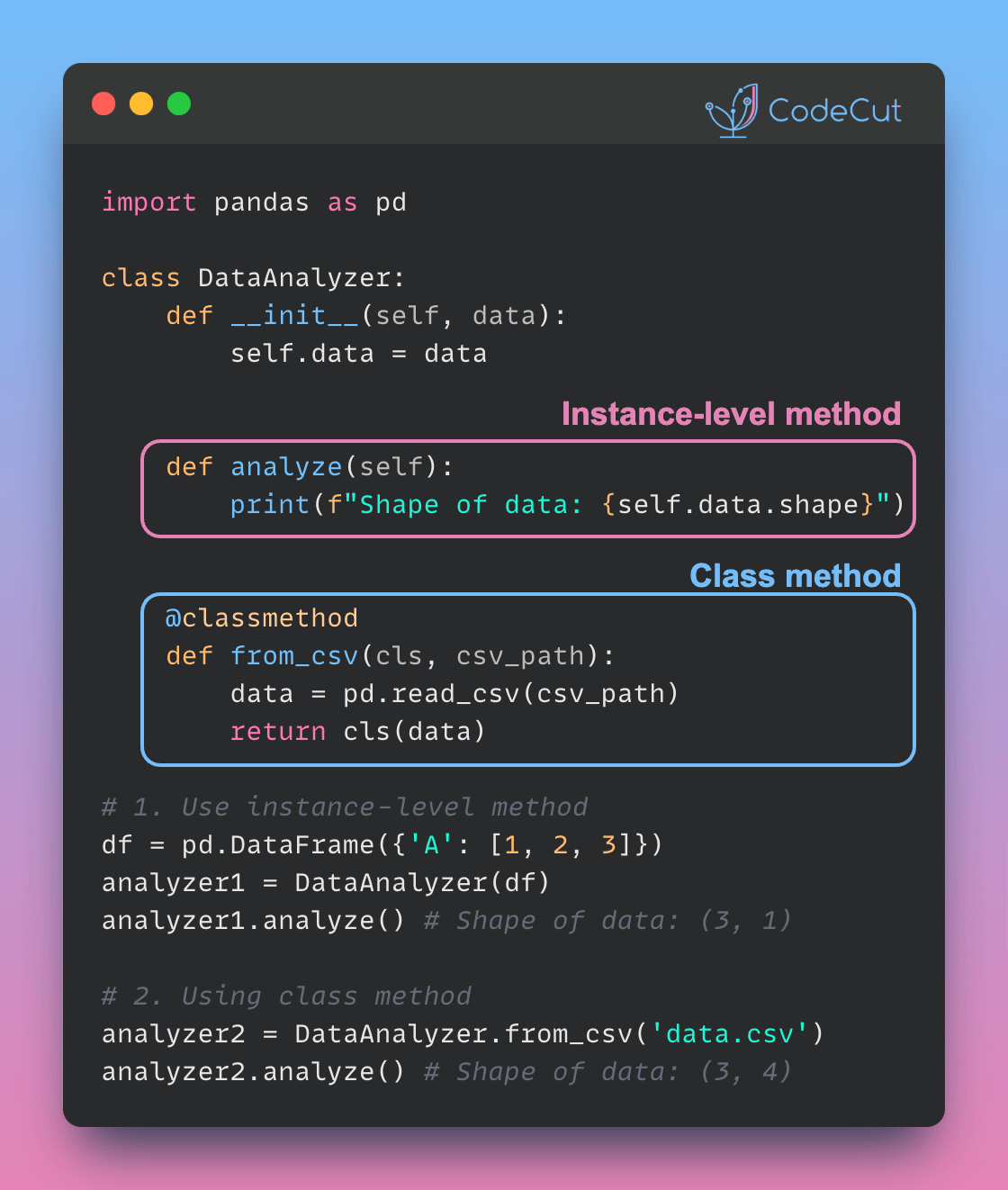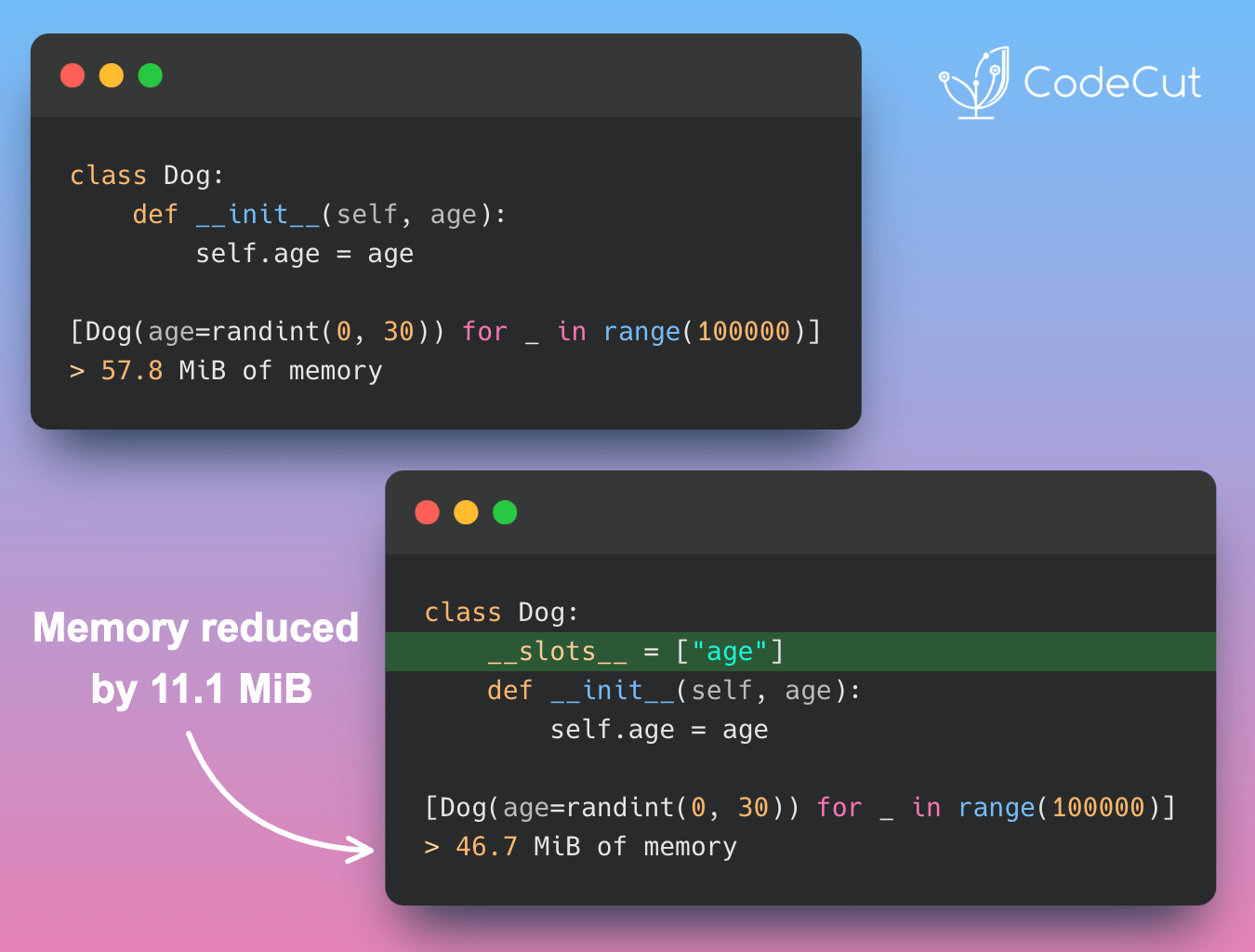Python offers several built-in data structures that are essential for efficient programming. In this guide, we’ll explore four fundamental structures: tuples, lists, sets, and dictionaries. We’ll discuss their characteristics, use cases, and how to work with them effectively.
Tuples: Immutable Sequences
Tuples are immutable sequences, meaning once created, they cannot be modified.
Key Characteristics:
- Ordered
- Immutable
- Allow duplicates
- Support indexing
When to Use Tuples:
- When immutability is required (e.g., as dictionary keys)
- To ensure data integrity
- To return multiple values from a function
Example:
coordinates = (40.7128, -74.0060)
city_info = {
coordinates: "New York City"
}
print(city_info[coordinates]) # Output: New York CityLists: Versatile Mutable Sequences
Lists are ordered collections that can store various object types and be modified after creation.
Key Characteristics:
- Ordered
- Mutable
- Allow duplicates
- Support indexing
When to Use Lists:
- When order matters
- When you need to modify the collection
- When duplicates are allowed
Example:
stock_prices = [100, 101, 102, 103, 100]
stock_prices.append(99)
print(stock_prices) # Output: [100, 101, 102, 103, 100, 99]Sets: Unique, Unordered Collections
Sets are unordered collections of unique elements.
Key Characteristics:
- Unordered
- Mutable
- No duplicates
- No indexing
When to Use Sets:
- To ensure uniqueness
- For mathematical set operations
- For efficient membership testing
Example:
fruits = {"apple", "banana", "cherry"}
fruits.add("date")
fruits.update(["elderberry", "fig"])
fruits.remove("banana")
print(fruits) # Output: {'apple', 'cherry', 'date', 'elderberry', 'fig'}Dictionaries: Key-Value Pairs
Dictionaries are collections of key-value pairs.
Key Characteristics:
- Ordered (as of Python 3.7+)
- Mutable
- No duplicate keys
- Keys must be immutable
When to Use Dictionaries:
- For efficient key-based lookups
- To store related data as key-value pairs
Example:
car = {
"make": "Toyota",
"model": "Corolla",
"year": 2020
}
car["color"] = "blue"
car.pop("year")
print(car) # Output: {'make': 'Toyota', 'model': 'Corolla', 'color': 'blue'}Performance Considerations
- Set membership testing is generally faster than list membership testing, especially for large collections.
- Dictionary key lookups are very efficient.
Copying vs. Referencing
When assigning one variable to another, be aware of whether you’re creating a new reference or a copy:
# Referencing (both variables point to the same object)
list1 = [1, 2, 3]
list2 = list1
# Copying (creates a new object)
list3 = list1.copy()By understanding these data structures and their properties, you can choose the most appropriate one for your specific programming needs, leading to more efficient and readable code.





